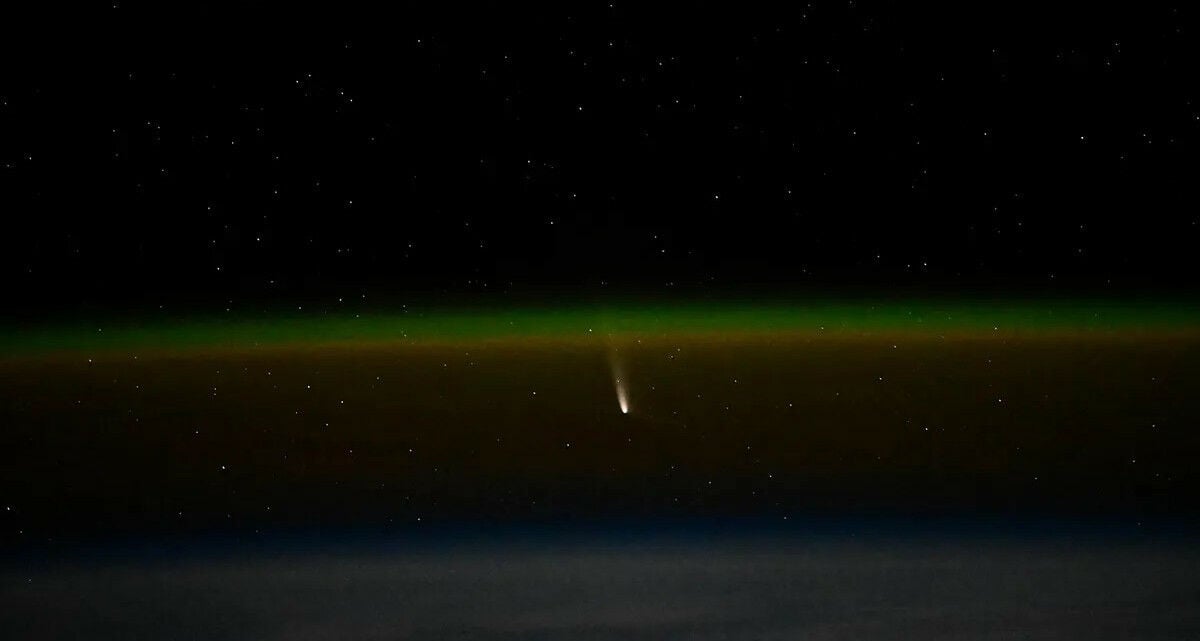Comet Tsuchinshan-ATLAS to dazzle the night sky next month

Comet Tsuchinshan-ATLAS is set to make its closest approach to Earth next month, visible to the naked eye, before its return in 80,660 years. Suphareuk Karuehanon, the manager of the National Astronomical Research Institute of Thailand (NARIT), revealed that comet C/2023 A3 (Tsuchinshan-ATLAS) is currently a celestial body of significant interest.
Discovered in early 2023 by astronomers from the Tsuchinshan Observatory in China and the ATLAS (Asteroid Terrestrial-impact Last Alert System) network in South Africa, the comet has been under close observation by astronomers worldwide. Its brightness has been increasing steadily as it approaches its perihelion, the point in its orbit closest to the Sun.
Currently, Tsuchinshan-ATLAS is positioned between the orbits of Mercury and Venus. It will reach its closest point to the Sun on September 28, at a distance of approximately 58.6 million kilometres, about the same distance from the Sun as Mercury.
As it nears the Sun, the comet will be exposed to intense solar radiation, causing it to release significant amounts of dust and gas, potentially forming a long tail that could stretch millions of kilometres into space.
Following this, the comet will make its closest approach to Earth on October 13, at a distance of 70.6 million kilometres. During this period, Tsuchinshan-ATLAS is expected to shine brighter than Venus, making it visible to the naked eye. After this encounter, the comet will gradually move away from Earth and will not return for another 80,660 years.
From now until October 6, interested observers can view the comet in the eastern sky before sunrise. After this date, the comet will move too close to the Sun to be observed. Observation will become possible again around October 11, when the comet will appear in the western sky just after sunset, reported KhaoSod.
The optimal time for observation is expected to be on October 13, when the comet is closest to Earth. However, the ability to observe the comet will depend on the weather conditions at the time.
Latest Thailand News
Follow The Thaiger on Google News:


























